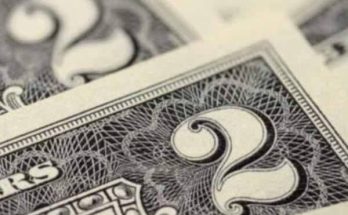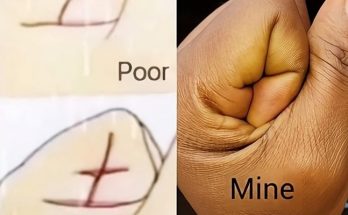
villa for their children to play with every day
In the noisy realm of celebrity and music, where personal lives are frequently eclipsed by the limelight, DJ Khaled and his spouse Nicole Tuck have skillfully composed a beautiful …
villa for their children to play with every day Read More







